Serhii is from Bakhmut in Donetsk. Since 2008, he has worked for the regional radio in Donetsk and later became a correspondent for the “NTN” TV channel. To cover the downed Malaysian Boeing, Serhii had to forge documents. Later, he moved to Zaporizhia, but all these years, he dreamed of returning to Donbas, where he could reunite with his friends.
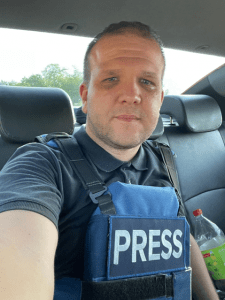
— I realized that something might start in Donetsk as early as 2013 when the anti-Maidan movement [refers to the series of protests and demonstrations that took place in Kyiv, the capital of Ukraine, starting in late 2013] began. But it was quiet back then, like a lull before the storm. The accurate picture emerged around 2014. February-March felt like everything would pass and calm down, but it didn’t work out that way. In April, the ‘DPR’ [Donetsk People’s Republic] groups took over the city. I call it the ‘gentle occupation’— the Donetsk journalist began his story. — First of all, nothing was clear until the end. At first, some men ran around shouting about Russia, calling for it. Then armed people appeared, saying there would be a ‘people’s republic.’ But what was so ‘people’s’ about it, I don’t know.
Persecutions of Ukrainian activists and journalists began from that point. This time, recalls Serhii, they lived in constant tension. The filming crew had to forge documents to continue their media activities and cover events in occupied Donetsk.
— The first time we went to film the downed Boeing. They stopped us at a checkpoint, checked our documents, and let us go. Then on the way back, the same story: stopped again, checked, and let us go. We drove to the nearest café to upload the video. Another group, the so-called ‘militants,’ entered the café. They stared at us for a while and finally approached. There were three men with guns. They began asking what we were doing. We told them honestly, we’re journalists, transferring video. We showed them our IDs. And shortly before that, our channel, the fake internet media ‘Den TV,’ made fake IDs for us, which saved us. So these three people started checking them one by one, probably suspicious. Then the third, probably the oldest, said, ‘Oh, I saw something like this yesterday. Normal guys, let them stay.’ It was a relief for us. After that, we decided to leave for Bakhmut, where I’m from.
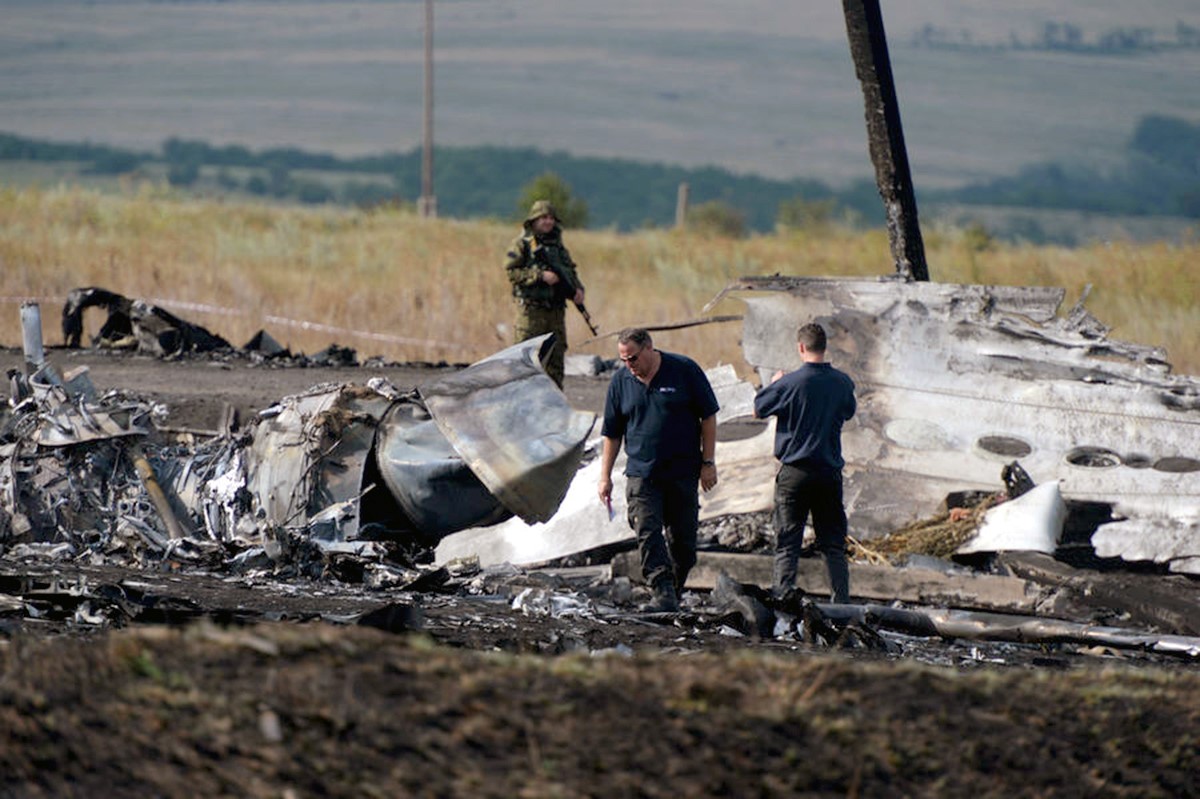
In 2015, the filming crew moved to Zaporizhia, where they continued their work. However, Serhii never shook off his sense of alarm for the next seven years.
— About two or three days before the invasion, the cameraman and I argued about the scale of the invasion. He relied on logic, saying the contingent Russia gathered on the border with Ukraine was enough to occupy only two regions. But for some reason, I was sure and told him, ‘Sasha, they’ll go for the whole country,’— recalled Serhii Vendin.
And he was correct. On the morning of February 24, his colleague called him.
— At 6 in the morning, she called and said, ‘Are you still sleeping? Can’t you hear the explosions?’ I replied, ‘I told you so.’ I got up, taped the windows, and it was an ordinary day. I was watching the news, seeing how far they would go. Of course, the city was restless at that time. People weren’t prepared for this. Transportation wasn’t running, there were huge lines at stores and ATMs. I had it a bit easier in this regard because I withdrew cash the day before and stocked up the fridge, so I just had to wait and see what would happen next,— the journalist shared.
From the following day, occupiers began capturing towns and villages in the region. On February 28, the militants reached Zaporizhzhia Nuclear Power Plant, and within a week, the city shuddered from the “incoming” cruise missiles. Yet, the journalist resolutely continued to tell Ukrainians about the lives of people in the front-line areas.
— We went to the ‘gray zones’ three times. Twice to the village of Kamyanske, where the so-called ‘life road’ passes, located between Crimea and free Ukraine. At that time, constant rains severely damaged the road, and the columns of people were practically hostages to the weather collapse, unable to traverse this path. There was constant shelling, and we talked to a man living there. He told us, ‘Guys, you’re crazy. There was a shelling here half an hour ago, and you came here now.’ It was scary. Then we went to Novodanylivka. As far as I remember, there were about 2 kilometers to the nearest checkpoint of the occupiers, which means a 20-30 minute walk, and you’re already in occupied territory.
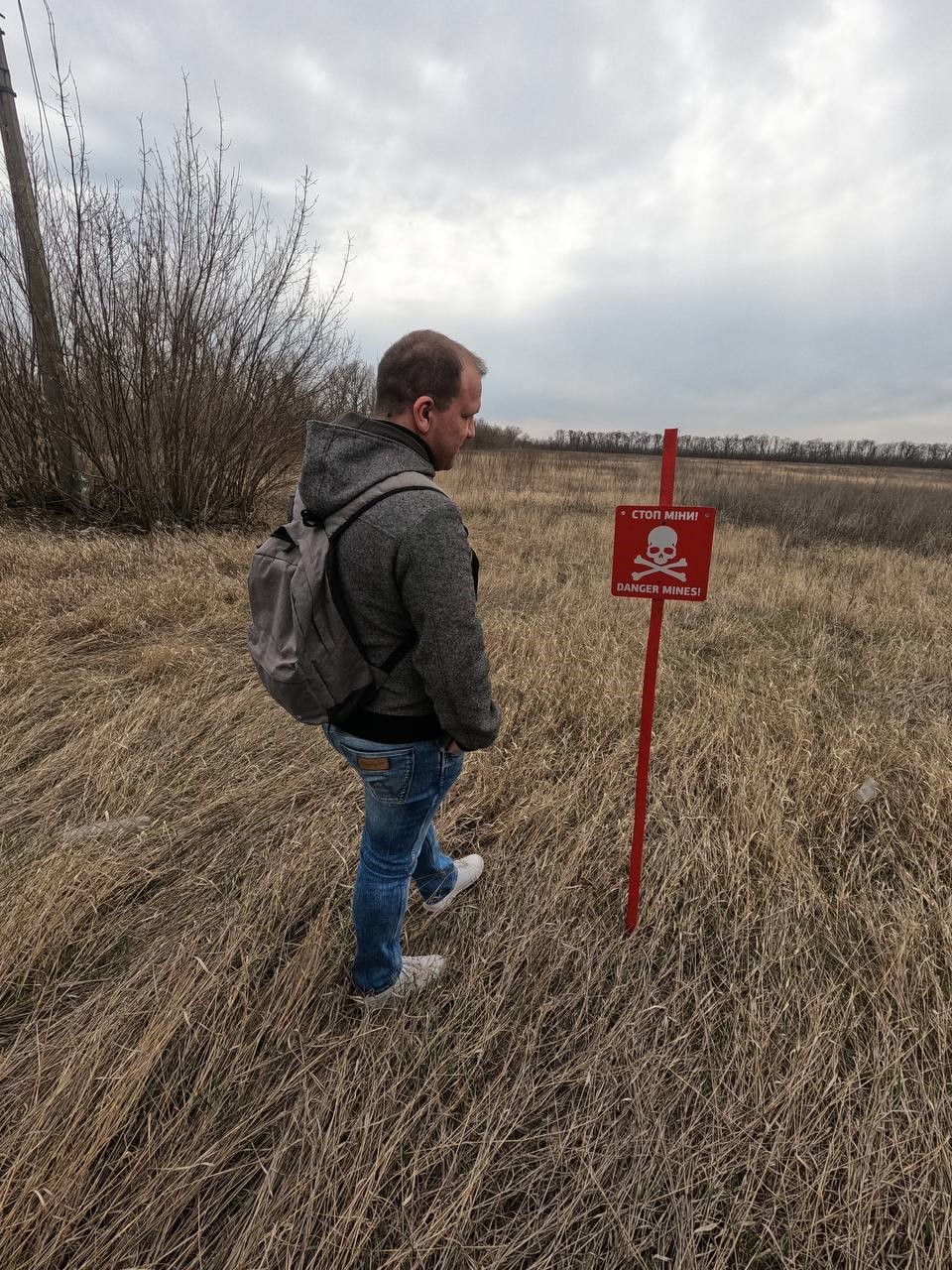
Soon, it became dangerous in Zaporizhzhia, where Serhiy had moved from Bakhmut. In October, Russia terrorized the region with daily shelling.
— We could say we were relatively lucky in the first six months. There were attacks, but mainly on military or critical targets. The real fear began in October when they started hitting residential areas. We met someone during a shoot who lived on the 9th floor. Thankfully, she evacuated before her apartment collapsed. It’s terrifying when shells pass over homes, not knowing if you’ll be hit that night. I searched for a safer place and moved to the city outskirts, but a week later, even there, shells arrived,— shared the TV reporter.
However, Serhii has yet to make plans to travel deep into Ukraine.
— Some might say I’m seeking adventure. But on the other hand, I’m just trying to balance the security situation and the opportunity to capture exclusive material that otherwise can’t be filmed or told to people about what’s happening in Ukraine today,— says our interlocutor, who has believed all these years that Donbas will return home, to Ukraine. And he will walk again on the familiar streets of the mining town.
— Maybe I’ll go to the chapel on Artema Street or Shevchenko Park. I’ll definitely visit the ruins of the Regional State Administration building. I’m sure there will be ruins where the RSA [Regional State Administration] used to be. And first, I’ll meet up with friends. Many people stayed there, at the university, at DRTRC [Donetsk Regional Television and Radio Company.]. But I’m not sure if some of them will leave the city because Donetsk will return to Ukraine,— concluded journalist Serhii Vendin.
This series, titled Executed Free Speech, is created as part of a project Drawing Ukrainian And International Audience’s Attention To Serious Violations Of Human Rights And Crimes Against Journalists And Mass Media By The Russian Federation, which is performed by the National Union of Journalists of Ukraine, with support from the Swedish non-profit organization Civil Rights Defenders.
JOURNALISTS ARE IMPORTANT. Stories of Life and Work in Conditions of War is a cycle of materials prepared by the team of the NUJU with the support of the Swedish human rights organization Civil Rights Defenders.
#CRD

 THE NATIONAL UNION OF
JOURNALISTS OF UKRAINE
THE NATIONAL UNION OF
JOURNALISTS OF UKRAINE
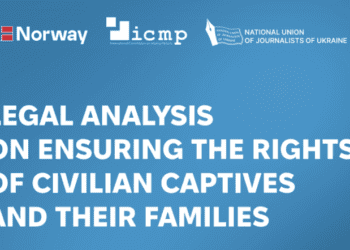
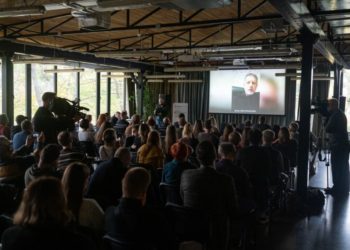
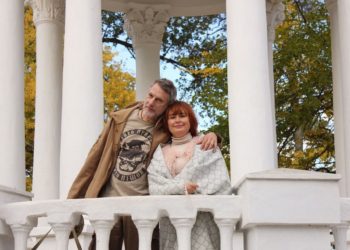
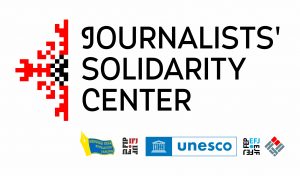
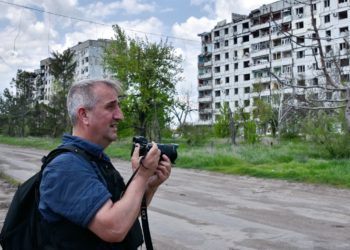











Discussion about this post